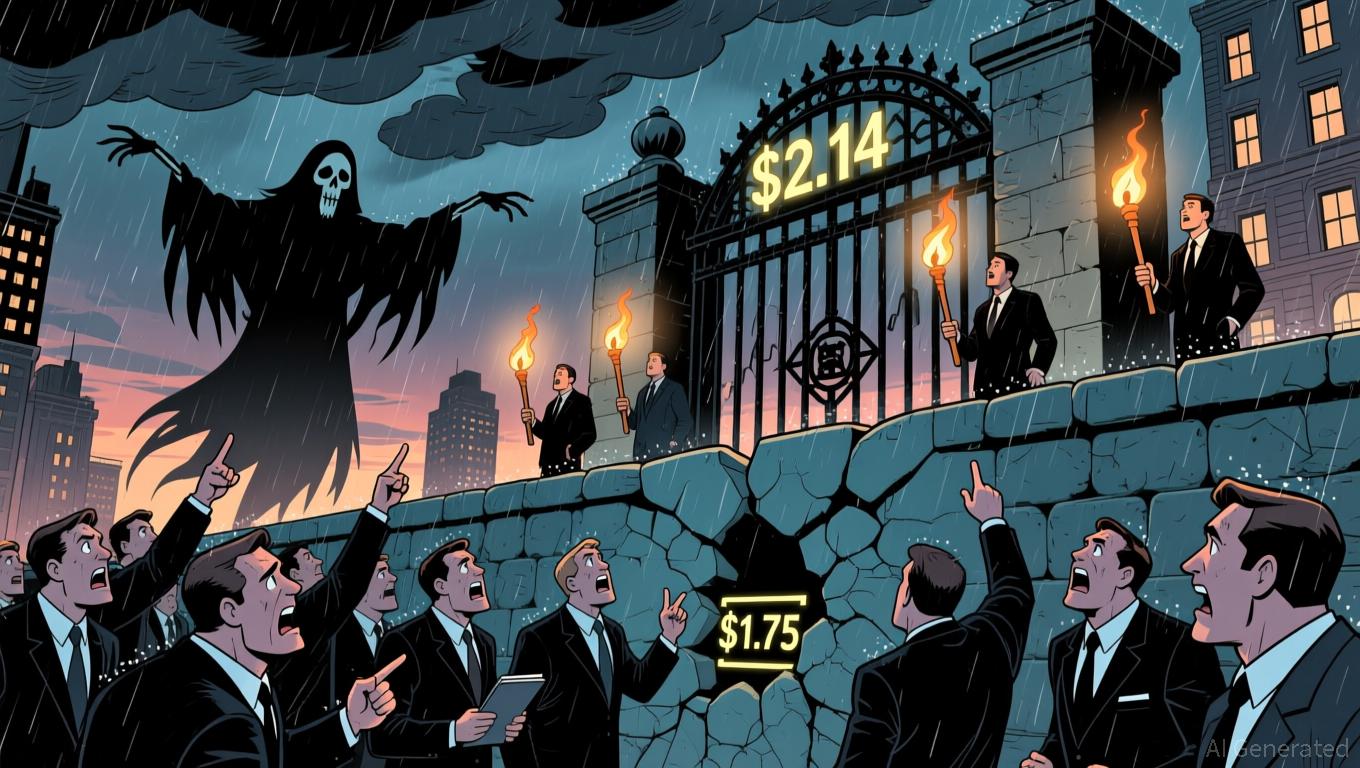Babylon BTC-BABY joint staking proposal cuts BABY token inflation from 8% to 5.5% and reallocates rewards to incentivize BTC-BABY co‑staking: 1% to BTC stakers, 2% to BABY stakers and 2.35% to BTC‑BABY co‑stakers, aiming to boost Bitcoin liquidity and protocol security.
-
Babylon community proposes BTC‑BABY joint staking and inflation reduction
-
Inflation lowered from 8% to 5.5% to realign tokenomics and rewards
-
New allocations: 1% BTC stakers, 2% BABY stakers, 2.35% co‑stakers — designed to increase BTC participation
Babylon BTC-BABY joint staking: proposal cuts BABY token inflation to 5.5%, reallocates rewards to BTC and BABY stakers, and boosts co-staking incentives. Read how to participate.
What is Babylon’s BTC-BABY joint staking proposal?
Babylon BTC-BABY joint staking is a community proposal to cut BABY token inflation from 8% to 5.5% and to reallocate emissions to reward BTC stakers, BABY stakers and BTC‑BABY co‑stakers. The plan aims to make Bitcoin more productive within Babylon’s DeFi framework and increase protocol participation.
How does the inflation cut change BABY tokenomics?
Under the proposal, annual inflation falls to 5.5%, with targeted allocations to encourage co‑staking. The distribution assigns 1% to BTC stakers, 2% to BABY stakers and 2.35% to BTC‑BABY co‑stakers. This reduces supply pressure while orienting rewards toward combined BTC and BABY engagement.
Babylon founder David Tse emphasized that the adjustment makes Bitcoin “productive, trustlessly” within native vaults and scripts. The change also rebalances security incentives across the protocol’s staking base.
Why does Babylon target BTC holders with higher incentives?
Targeting BTC holders seeks to attract Bitcoin liquidity into the Babylon ecosystem without using bridges. By rewarding BTC participation, the protocol increases on‑chain BTC utility and strengthens staking-based security.
Protocol research teams project that added BTC participation can improve liquidity depth and reduce single-token reward concentration for BABY holders.
How to participate in BTC-BABY co-staking?
-
Check wallet compatibility and ensure access to Babylon staking interfaces.
-
Hold or acquire BABY tokens and ensure BTC is stored in a compatible vault or script-enabled address.
-
Initiate the co‑staking flow on Babylon’s UI to lock BTC and BABY into the co‑staking contract.
-
Monitor rewards distribution and unstaking windows; follow governance updates for final parameters.
Frequently Asked Questions
How will the new allocation affect existing BABY stakers?
Existing BABY stakers will see a rebalanced reward pool: BABY staking maintains a dedicated allocation, while co‑staking incentives may increase effective yields for combined BTC‑BABY participants.
Does participating require locking BTC long term?
Locking periods depend on Babylon governance parameters. Participants should review the proposal details for specific lockup durations and unstaking windows before committing funds.
Who authored the proposal and where did the assessment come from?
The proposal originated from the Babylon community and was summarized by protocol contributors. Commentary includes statements attributed to founder David Tse and protocol research assessments referenced in community updates.
Protocol Comparison Summary
| Annual inflation | 8.0% | 5.5% |
| BTC stakers allocation | — | 1.0% |
| BABY stakers allocation | — | 2.0% |
| BTC-BABY co-stakers allocation | — | 2.35% |
Key Takeaways
- Inflation reduced: BABY inflation drops from 8% to 5.5% to temper emissions pressure.
- Co-staking incentives: A new 2.35% allocation rewards BTC‑BABY co‑stakers, driving BTC participation.
- On‑chain Bitcoin utility: Babylon relies on Bitcoin scripts and vaults to make BTC productive without bridges.
Conclusion
The Babylon BTC-BABY joint staking proposal refocuses BABY tokenomics toward sustainable emissions and stronger BTC engagement. By cutting inflation and creating explicit co‑staking rewards, the community aims to increase liquidity and protocol security. Monitor Babylon governance updates and participation guides to evaluate timing and technical requirements for staking.


